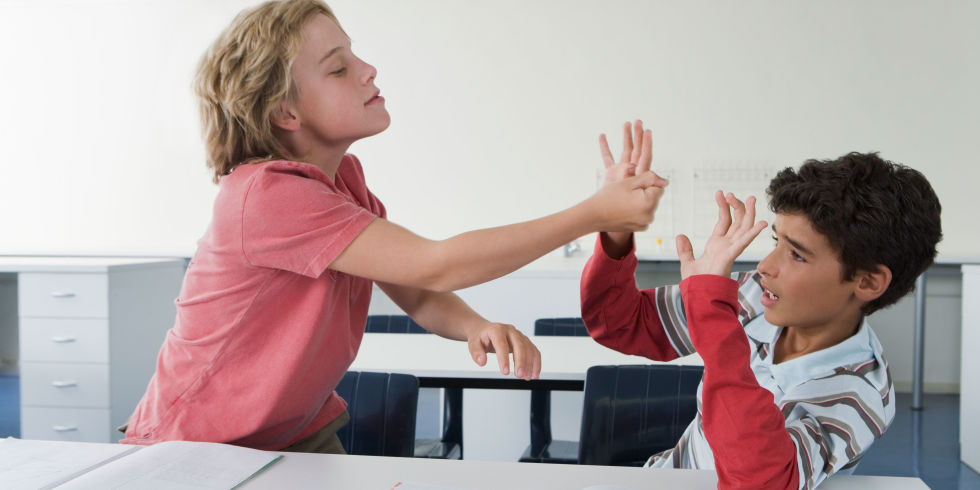As a teacher, you have an important role to play in supporting student wellbeing and mental health. Being able to effectively recognise warning signs of distress, provide resources or referrals for professional help when needed, and proactively promote mental wellness in the classroom can make all the difference in your students’ lives. The purpose of this blog post is to arm teachers with helpful information on strategies that they can use to create supportive learning environments and encourage positive mental health practices among their student body. We’ll cover topics such as identifying potential issues early; instituting preventative measures; fostering strong relationships between teachers, staff, administrators and parents; being aware of potential risk factors; responding appropriately when confronted with risks; striving towards inclusive education systems at the school-level without further endangering any group of students through hierarchal means…and more! Read on for essential tools that no teacher should be without!
Identifying the Signs of Poor Mental Health
Mental health is just as important as physical health, yet it can often be overlooked. Identifying the signs of poor mental health can be challenging, especially if you are not familiar with what to look out for. Nevertheless, it is crucial to be able to recognise the early warning signs and seek help if you or someone you know is struggling. Common signs of poor mental health can include changes in mood, behavior or personality, social withdrawal, paranoia, lack of motivation, difficulty sleeping, and physical symptoms like headaches or trouble with digestion. It’s important to note that everyone shows their struggles differently and that mental illness can manifest in several ways. However, by staying aware of these signs, you can help loved ones who may be suffering and seek help for yourself before things become too overwhelming.

Establishing Open Communication in the Classroom
Establishing open communication in the classroom can be an instrumental aspect of creating an inclusive and positive learning environment. By fostering an environment where students feel comfortable expressing their ideas and concerns, educators can facilitate a more collaborative and engaging learning experience. This open dialogue can not only promote student participation and engagement in class discussion, but can also help to build stronger relationships between students and their teacher. When students feel heard and valued, they are more likely to take ownership of their learning journey and develop a greater sense of personal responsibility. Through open communication methods such as active listening and providing constructive feedback, educators can create a classroom culture that promotes student growth and success.
Teaching Emotional Management Skills and Coping Strategies
Teaching emotional management skills and coping strategies is a valuable tool in helping individuals to navigate through life’s challenges. Being able to recognise and regulate emotions can improve mental wellbeing and lead to healthier relationships. Strategies such as deep breathing exercises and mindfulness techniques can also aid in reducing anxiety and stress. Incorporating these skills into our daily routines can have a significant impact on how we manage and respond to difficult situations. By providing individuals with the tools to address their emotions, we empower them to take control of their lives and build resilience in the face of adversity.
Developing a Welcoming Environment for All Students
Creating a welcoming environment for all students is essential in ensuring their success. When students feel comfortable and accepted, they are more likely to engage in their studies, form positive relationships with their peers and educators, and reach their academic goals. Schools can achieve a welcoming environment by implementing inclusive policies and practices that promote diversity, equity, and accessibility. These include providing resources for students from different backgrounds, fostering a culture of respect and inclusivity, and actively addressing any discrimination or bias. When every student feels valued and supported, they can thrive academically and personally, creating a brighter future for themselves and their communities.
Utilising Technology to Support Mental Health Education
In today’s fast-paced and ever-changing world, mental health has become a crucial topic of discussion. With the rise of technology, it has become easier to spread awareness about mental health and educate people. This has led to the creation of many innovative technologies that can provide support to those who are struggling with mental health issues. From virtual therapy sessions to real-time monitoring of mental health, technology has come a long way in supporting mental health education. The use of technology has opened up a plethora of options for people seeking information and help. It provides a safe and confidential environment for individuals to learn and seek guidance when needed. The digital age has truly brought about a revolution in the mental health industry, and utilising technology could make a positive impact on mental health education and awareness.
Working With Other Professionals to Create an Effective Support Network
Collaborating with other skilled professionals is key to building a strong support network that can help you achieve your goals and navigate through any challenges you may face. Whether you’re working on a complex project, managing a team, or looking to grow your career, having the right people in your corner can make all the difference. A network that consists of individuals with diverse skills and expertise can provide you with valuable insights, perspectives, and advice that you might otherwise miss. Whether you’re looking to expand your business, gain new knowledge, or simply connect with like-minded people, building a strong support network is an essential part of your success.

Creating Opportunities for Self-Reflection and Personal Growth
Self-reflection is a powerful tool that can lead to personal growth and development. Taking the time to reflect on our choices, beliefs and experiences can allow us to gain new insights and perspectives, and ultimately improve our lives. One effective way to create opportunities for self-reflection is through journaling. Writing down our thoughts, feelings and experiences can help us identify patterns and themes, as well as track our progress over time. Another way to encourage self-reflection is through mindfulness practice. By simply slowing down and being present in the moment, we can gain a deeper understanding of ourselves and our inner workings. Whether it’s through journaling, meditation or other means, creating regular opportunities for self-reflection can be a game changer for anyone looking to grow and evolve.
It is important to remember that mental health is a complex issue and that each individual child’s needs will vary. That said, by following the tips provided in this article, educators can ensure they are well-equipped to recognise poor mental health in their classrooms. Teachers must also remember to take care of themselves and make sure they have enough physical rest as well as emotional support so that they can keep taking good care of their students. Educators also need to develop a collaborative network of other professionals, such as school counselors or mental health advocates, who they can call upon with any concerns they might have for their students. With these steps in place, everyone involved has the opportunity to make improvements in student mental health and well-being. If you’re an educator looking for more strategies on how to support your students’ mental health and engagement, contact your local district office for more resources or use online resources such as Mental Health America’s toolkit for teachers. In the end, it will take a collective effort from everyone involved—educators, parents, caregivers, administrators and others—to create a safe learning environment where each student feels connected and valued.





